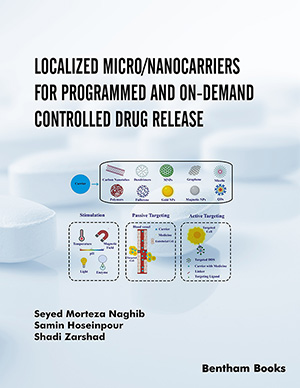Abstract
Background: Hepatic transporters, including efflux transporters and uptake transporters, have been recognized to play an important role in the disposition of various drugs. These membrane transporters show extensive substrate specificity with an abundance of overlap, implying the probability of transporter involved in the drugdrug interactions with other drugs. Thus reliable techniques are taken into consideration to evaluate the role of transporter-mediated drug disposition and possible effects on pharmacokinetics in the research.
Methods: An electronic search of PubMed database from inception to December, 2015 was conducted. In addition, we searched the reference lists of included studies and carried out a citation search for the included studies via Web of Science to find other potentially relevant studies.
Results and Conclusion: The function of membrane transporters could be evaluated in vitro, in situ and in vivo, employing models spanning from cell-based assay to transgenic mouse. Each technique has its own application with specific advantages and limitations. The readers will gain insight into techniques applied to evaluate the drug clearance mediated by hepatic transporters. In addition, this review focuses particularly on the in vitro-in vivo extrapolation of hepatic transporter-mediated drug clearance. The challenges and gaps of the extrapolation are further discussed. The increased understanding of this knowledge would improve the capability to predict the in vivo situation.
Keywords: Drug-drug interactions, hepatic transporters, models, vitro-in vivo extrapolation.























